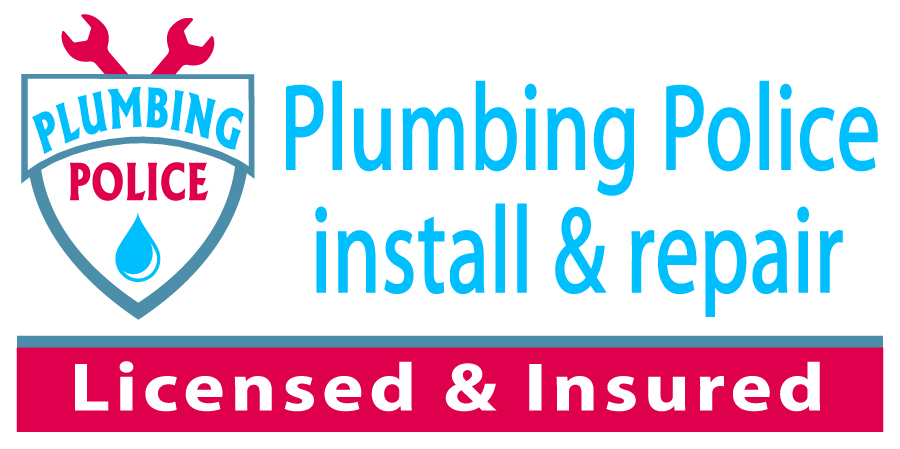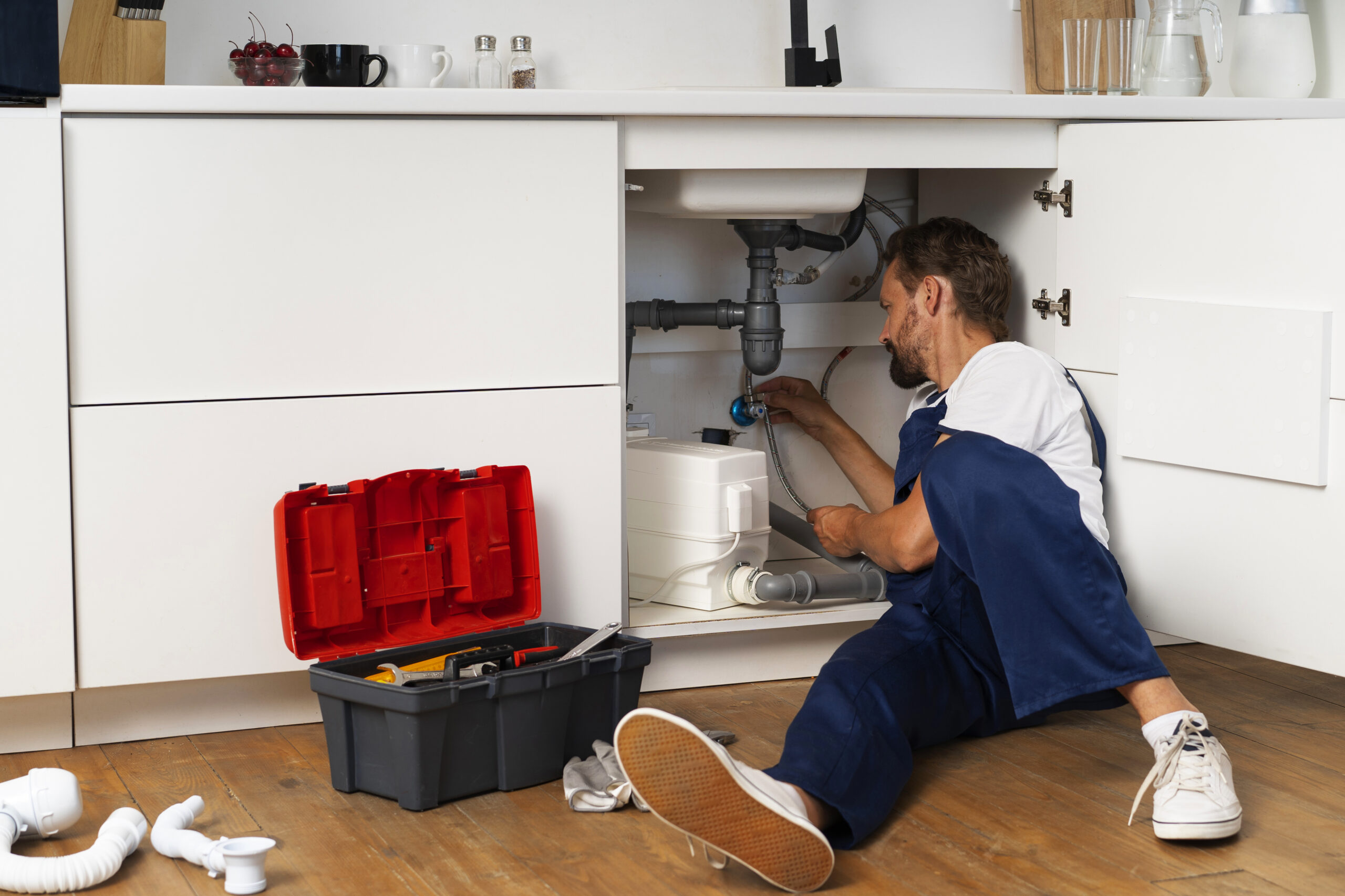Handling a plumbing emergency promptly and effectively can minimize damage and prevent costly repairs. Here’s a step-by-step guide on how to manage a plumbing emergency:
Assess the Situation
Identify the Problem: Determine the nature of the emergency, such as a burst pipe, severe leak, clogged drain, or overflowing toilet.
Evaluate the Severity: Assess whether the situation requires immediate action or if it can wait for professional help.
Shut Off the Water Supply
Locate the Main Shut-Off Valve:
Inside the House: Usually found in a basement, crawl space, or utility room. It’s often close to where the water line enters the home.
Outside the House: May be in a box near the street or in the yard.
Turn Off the Valve: Turn the valve clockwise to stop the flow of water. This will help prevent further flooding or damage.
Turn Off Power (if needed)
For Electrical Hazards: If water is coming into contact with electrical outlets or appliances, turn off the electricity at the main circuit breaker to prevent electrical hazards.
Contain the Water
Use Buckets and Towels: Place buckets or containers under the leak to catch and contain water. Use towels, rags, or mops to soak up any standing water and prevent further damage.
Move Valuable Items: Relocate furniture, electronics, and other valuable items away from the affected area to prevent damage.
Address the Issue
Temporary Repairs: Depending on the problem, you might be able to perform temporary repairs:
For Leaking Pipes: Use pipe clamps or duct tape to temporarily seal small leaks.
For Clogged Drains: Try using a plunger or a drain snake to clear the blockage.
For Overflowing Toilets: Turn off the toilet’s water supply valve, usually located behind the toilet, and use a plunger to try to clear the clog.
Avoid Chemical Drain Cleaners: For severe clogs, avoid using chemical drain cleaners as they can be harmful and may not be effective for all types of blockages.
Call a Professional Plumber
Contact a Plumber: If you cannot resolve the issue yourself, or if the problem is severe, contact a licensed plumber immediately. Provide them with details about the emergency and the steps you’ve already taken.
Document the Damage
Take Photos: Photograph any damage caused by the emergency for insurance purposes. This documentation can help with filing claims and assessing repair costs.
Notify Your Insurance Company
Report the Incident: Contact your homeowner’s insurance company to report the damage and start a claim if necessary. Provide them with the documentation you’ve gathered.
Follow Up
Schedule Repairs: Once the immediate emergency is handled, schedule repairs with a plumber to address any underlying issues and ensure that the problem is fully resolved.
Inspect for Further Damage: After repairs are completed, inspect the area for any additional damage and ensure that all plumbing systems are functioning correctly.
Prevent Future Emergencies
Regular Maintenance: Schedule regular plumbing maintenance to catch potential issues before they become emergencies.
Know Your Plumbing System: Familiarize yourself with the location of shut-off valves and how to use them.
Summary
To handle a plumbing emergency:
- Assess the situation and identify the problem.
- Shut off the water supply to prevent further damage.
- Turn off power if there’s a risk of electrical hazards.
- Contain the water and protect valuables.
- Address the issue with temporary repairs if possible.
- Call a professional plumber for severe problems or if you can’t resolve the issue.
- Document the damage for insurance purposes.
- Notify your insurance company and file a claim if necessary.
- Follow up with repairs and inspections.
- Implement preventive measures to avoid future emergencies.
By following these steps, you can manage a plumbing emergency effectively and minimize the impact on your home.


